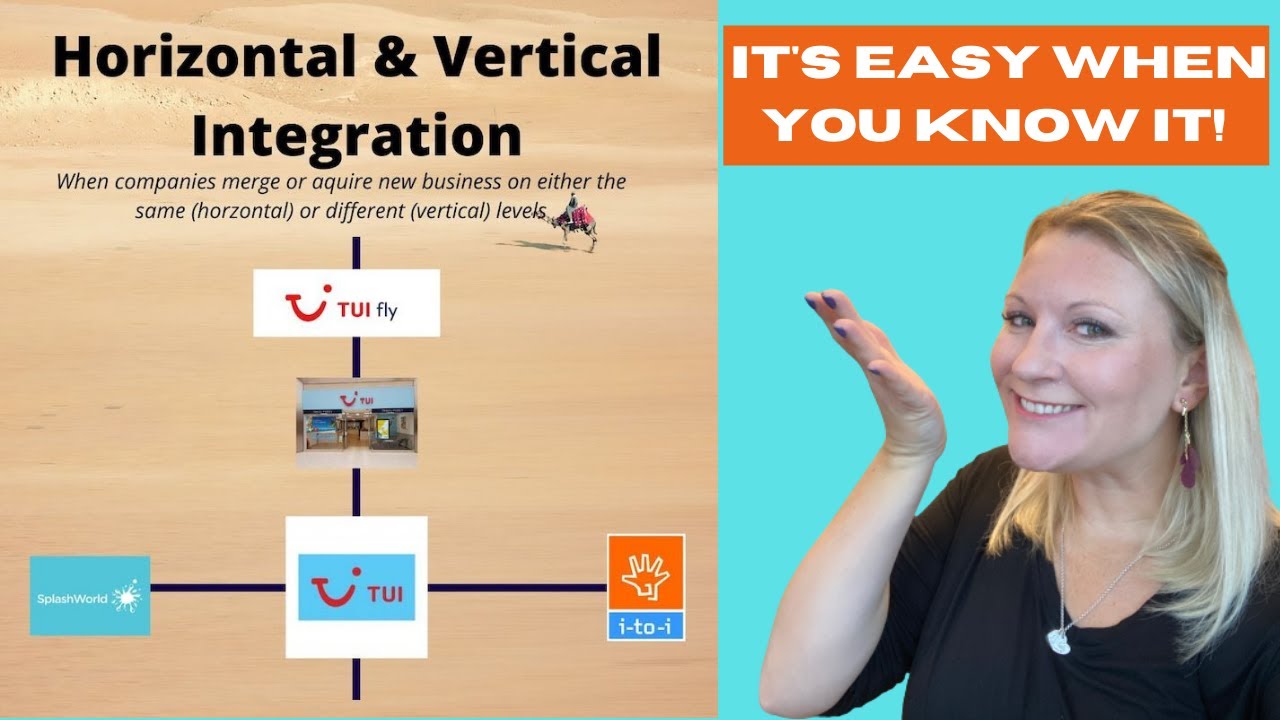Supply Chain Strategy Mistakes - Very Common Mistakes
Summary
TLDRThis video discusses common mistakes companies make when developing supply chain strategies. The speaker, drawing on 24 years of consulting experience, highlights three key issues: failing to align the supply chain strategy with organizational goals, setting too many objectives, and overloading with too many KPIs. He emphasizes the importance of simplicity and focus—suggesting three to four clear objectives and a manageable number of enablers and KPIs to ensure clarity and effectiveness. The video offers actionable advice on streamlining strategies for better alignment and organizational understanding.
Takeaways
- 😀 Supply chain strategy must align with the organizational strategy to ensure cohesive goals and objectives.
- 🤔 One major mistake companies make is having too many objectives, which can cause confusion and lack of focus.
- 💡 It's essential to limit the number of supply chain objectives to three or four, focusing on cost, service, and possibly growth or safety.
- 🎯 A well-defined strategy provides clear direction without getting bogged down in unnecessary details.
- 🛠 Enablers should support each objective, focusing on people, processes, and systems, and are crucial for achieving strategic goals.
- 📊 Key performance indicators (KPIs) should be limited and clearly tied to the enablers, with one KPI for each enabler.
- 💬 Too many KPIs or objectives dilute focus and make it harder for the organization to understand and implement the strategy effectively.
- ⚠️ It's common for companies to become lazy by setting too many objectives and KPIs instead of thoughtfully streamlining their approach.
- 🔧 Examples of enablers include improving warehousing productivity or having a robust sales and operations planning (SNOP) process.
- 🔑 The key to a successful supply chain strategy is keeping it simple, clear, and easy for everyone in the organization to understand and follow.
Q & A
What is the main topic discussed in the video?
-The main topic discussed in the video is the common mistakes companies make when developing their supply chain strategies.
What is the first mistake mentioned regarding supply chain strategy?
-The first mistake is that the supply chain strategy is not aligned with the overall organizational strategy, leading to a disconnect between the two.
Why is it important to align the supply chain strategy with the organizational strategy?
-Aligning the supply chain strategy with the organizational strategy is important because the supply chain should support the organization's overall goals and objectives.
What is the second major mistake companies make when developing a supply chain strategy?
-The second major mistake is having too many objectives, which can confuse the organization and dilute focus.
How many objectives does the speaker recommend for a supply chain strategy?
-The speaker recommends having three or four objectives in a supply chain strategy to maintain clarity and focus.
What are the types of objectives suggested for a supply chain strategy?
-The speaker suggests having objectives around cost, service or availability, and possibly a third for quality, product, or safety, depending on the industry.
What comes after setting objectives in a supply chain strategy?
-After setting objectives, the next step is to identify key enablers—factors such as people, processes, or systems that help achieve those objectives.
How many key enablers should be identified for each objective?
-The speaker suggests having three key enablers for each objective.
What is the recommended number of KPIs in a supply chain strategy?
-The speaker recommends having one KPI for each enabler, which results in about nine KPIs if there are three objectives and three enablers for each.
What is the overall advice given for developing a supply chain strategy?
-The overall advice is to keep the strategy simple and focused, with a limited number of objectives, enablers, and KPIs to avoid confusion and ensure everyone in the organization understands it.
Outlines

Dieser Bereich ist nur für Premium-Benutzer verfügbar. Bitte führen Sie ein Upgrade durch, um auf diesen Abschnitt zuzugreifen.
Upgrade durchführenMindmap

Dieser Bereich ist nur für Premium-Benutzer verfügbar. Bitte führen Sie ein Upgrade durch, um auf diesen Abschnitt zuzugreifen.
Upgrade durchführenKeywords

Dieser Bereich ist nur für Premium-Benutzer verfügbar. Bitte führen Sie ein Upgrade durch, um auf diesen Abschnitt zuzugreifen.
Upgrade durchführenHighlights

Dieser Bereich ist nur für Premium-Benutzer verfügbar. Bitte führen Sie ein Upgrade durch, um auf diesen Abschnitt zuzugreifen.
Upgrade durchführenTranscripts

Dieser Bereich ist nur für Premium-Benutzer verfügbar. Bitte führen Sie ein Upgrade durch, um auf diesen Abschnitt zuzugreifen.
Upgrade durchführenWeitere ähnliche Videos ansehen

Horizontal And Vertical Integration Made EASY! Advantages, disadvantages and examples.

SCM - Make vs Buy (New Version)

Tech Companies Depend on China for Rare Earths. Can That Change? | WSJ

(1 of 2) Decoupling Point | Make To Stock | Assemble To Order | Make To Order | Engineer To Order

Master Prompt for Any AI Tools – Full Guide 2025

What is SCOR Model Supply Chain? & How Does Supply Chain Operations Reference Model Work? AIMS UK
5.0 / 5 (0 votes)
